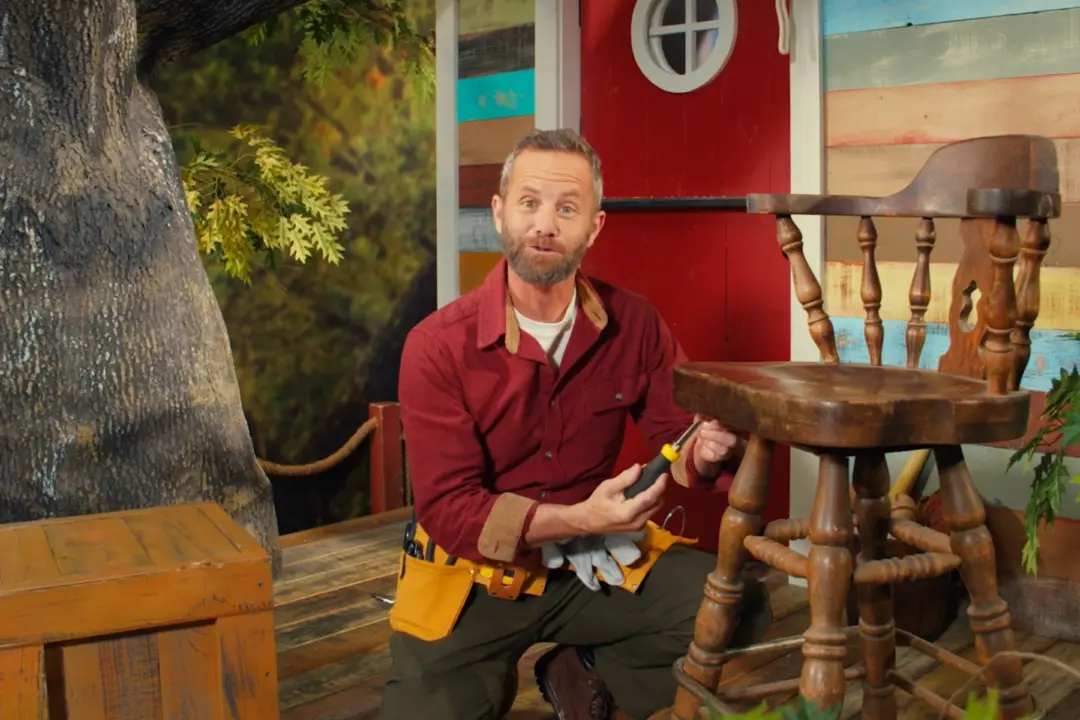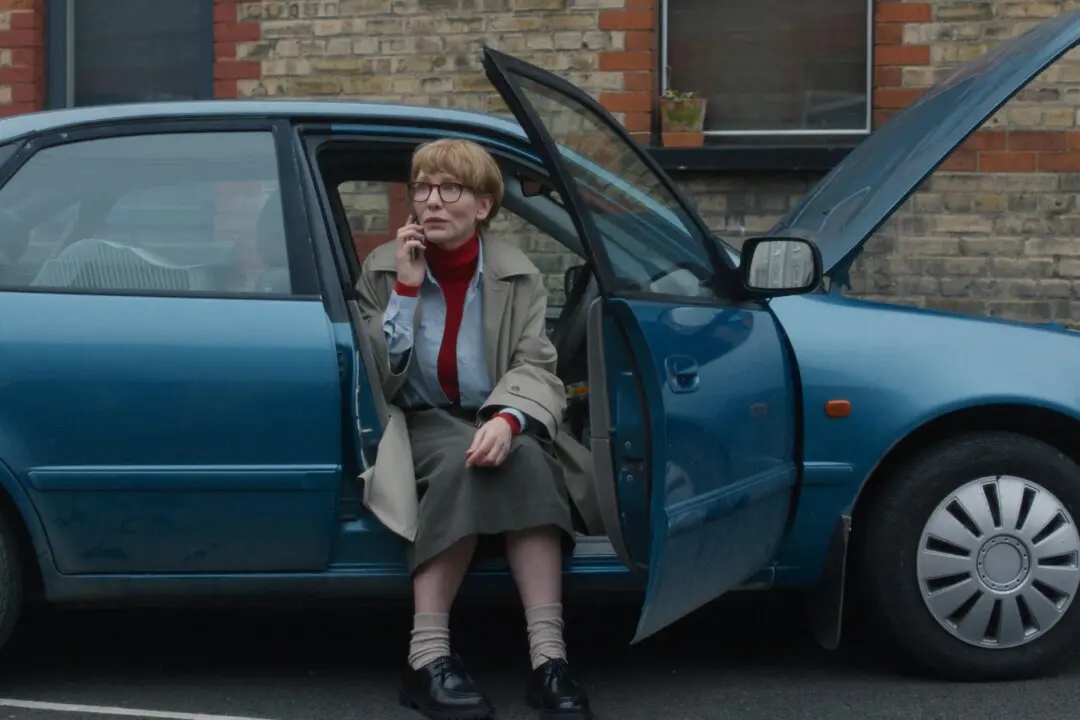Although there are dozens of past champion thoroughbred horses with greater legacies and more wins, few have ever captured the hearts of more people (race fans and otherwise) than Seabiscuit (1933–1947). Writer and director Gary Ross’s 2003 “Seabiscuit” is just one of 10 past Seabiscuit-centric productions, but it is arguably the most critically acclaimed, financially successful, thorough, heartwarming, and entertaining.
Popcorn and Inspiration: ‘Seabiscuit’: Filmmaker Gary Ross’s Love Letter to an American Underdog
|Updated:
Originally from the nation's capital, Michael Clark has provided film content to over 30 print and online media outlets. He co-founded the Atlanta Film Critics Circle in 2017 and is a weekly contributor to the Shannon Burke Show on FloridaManRadio.com. Since 1995, Clark has written over 5,000 movie reviews and film-related articles. He favors dark comedy, thrillers, and documentaries.
Author’s Selected Articles





